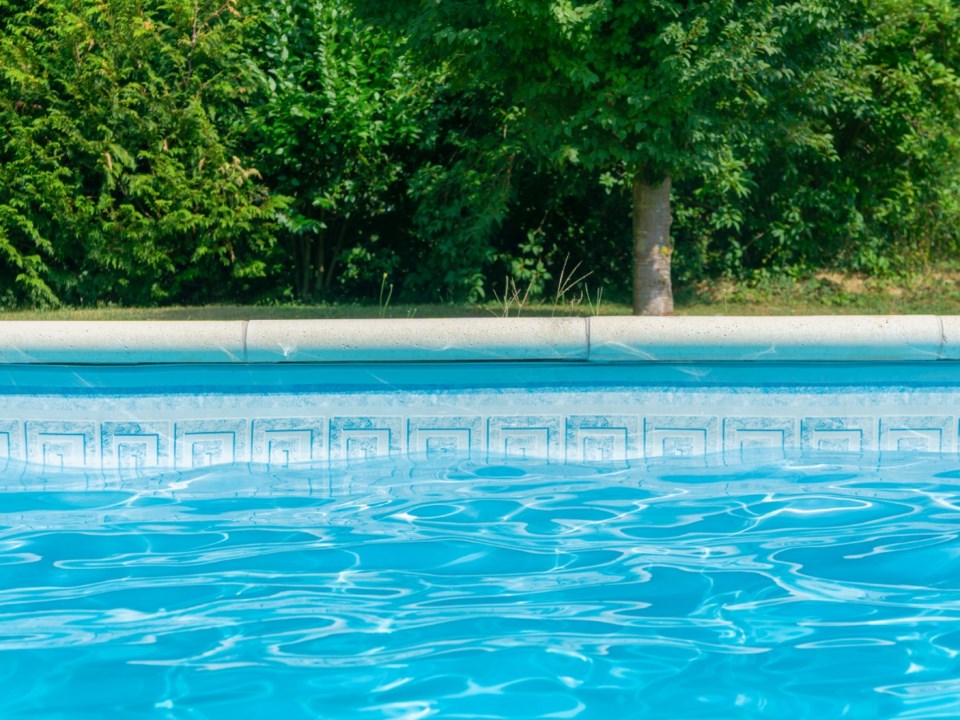With school out, kids head to the pools. But parents need to be more watchful than ever. “Drowning is fast,” Plano swimming instructor Mimi Conner tells Local Profile. “It takes only 20 to 60 seconds.”
“Bad things happen to good people,” Conner, who is also involved with Lovepacs, adds. "You could go get your phone, and in that time, the child could drown. It’s not like in the movies with people screaming and failing – it’s silent.”
According to Conner, there are only two types of drownings: fatal or non-fatal. But just because a victim survives, that doesn't mean they fully recover. Non-fatal drownings can leave a person irrecoverably changed.
About 11 people die daily in the US from drowning. It’s the second-leading cause of death for children ages 1 - 4. According to Cook Children’s, there were 19 drownings between January 1 and April 27, 2022. Out of that number, three were fatalities and one is classified as “lived but altered.”
How To Prevent Drowning
Drownings, Conner explains, are preventable unless they are strokes or heart attacks. For home pools, she recommends starting outside and moving in. First, make sure there is a fence measuring at least four-feet high that surrounds the pool (chainlink fences are not recommended because they are easier to climb). Then, Conner recommends installing alarms when doors are unlocked and when something hits the water.
“People leave floats and toys in the pool, but those attract kids – and pets,” she says, advising to put these leisure items away. Also, put away any ladders leading into the pool.
And don’t overlook the spa or jacuzzi, because they also are a potential hazard and provide a false sense of security.
Kids must learn how to swim, says Conner. Each summer, little ones enter swimming programs to learn new skills or brush up on existing ones. “I want parents to know that every swimming school is not the same,” she says, adding the necessity of parents' due diligence to learn what is covered. According to Conner, the first thing that is taught has to be safety.
Even though kids enter swimming programs, that still might mean there is a gap between their true abilities and what their parents perceive. “Parents don’t always know what level their kids swim at,” says Conner. Parent-child classes can give parents a better understanding of how well their kids can, or cannot, swim.
More Tips for Parents
Parents must be proactive. They need to create an action plan. They should know who to call and how to perform CPR. But once they're near a pool, they also need to watch their children.
“We use the term water watcher,” says Conner. “When you go to the pool, you are your child’s water watcher.” Parents can take turns being the water watcher, but while in or near a pool, they can’t take their eyes off their kids.
Learn more tips and check out the CDC's drowning prevention page as well as the American Red Cross' water safety site.




